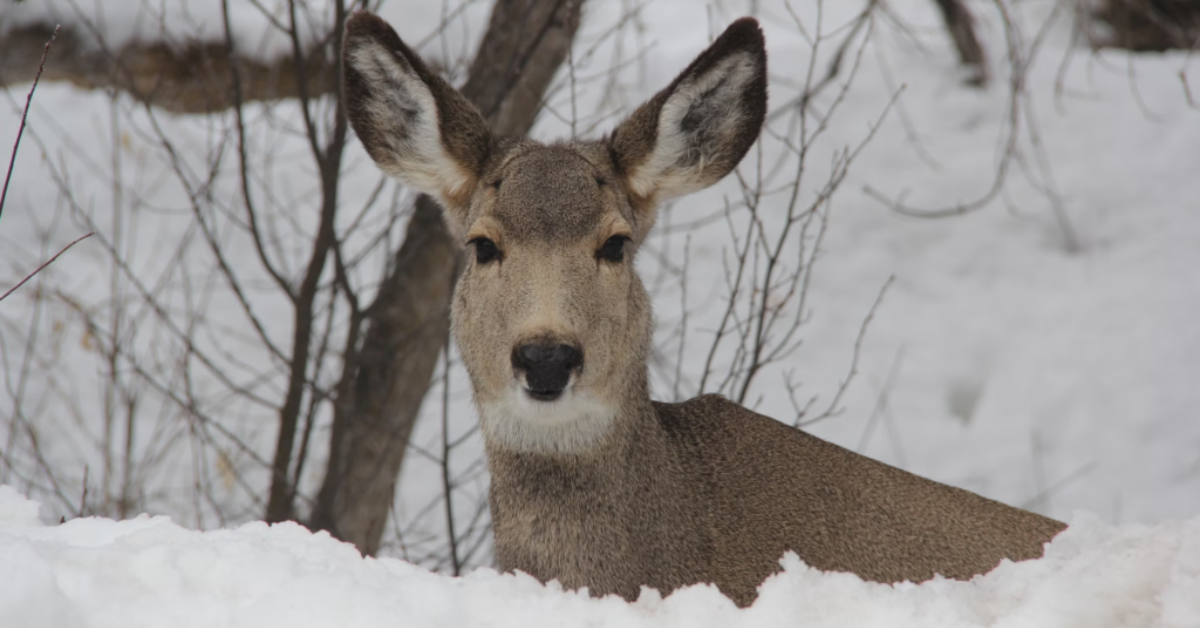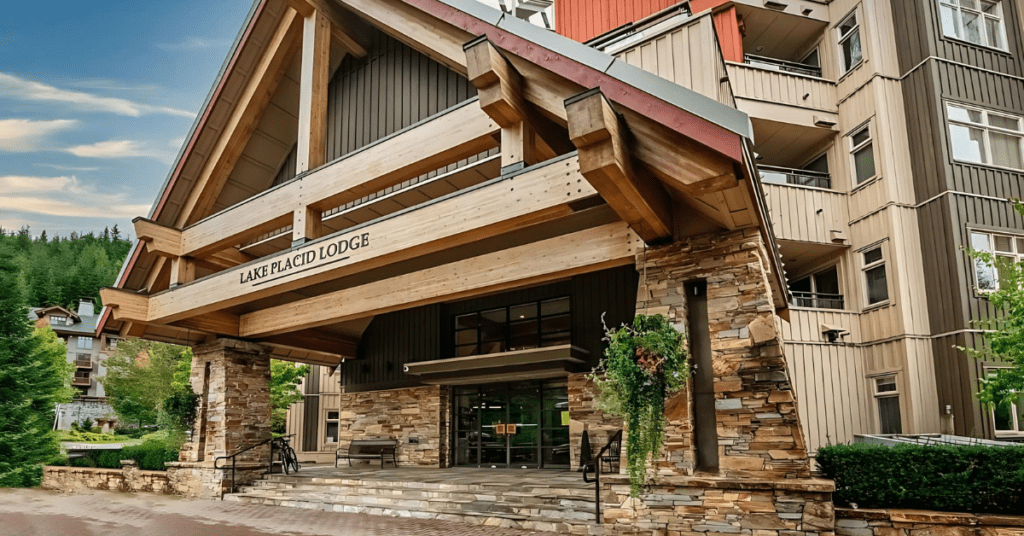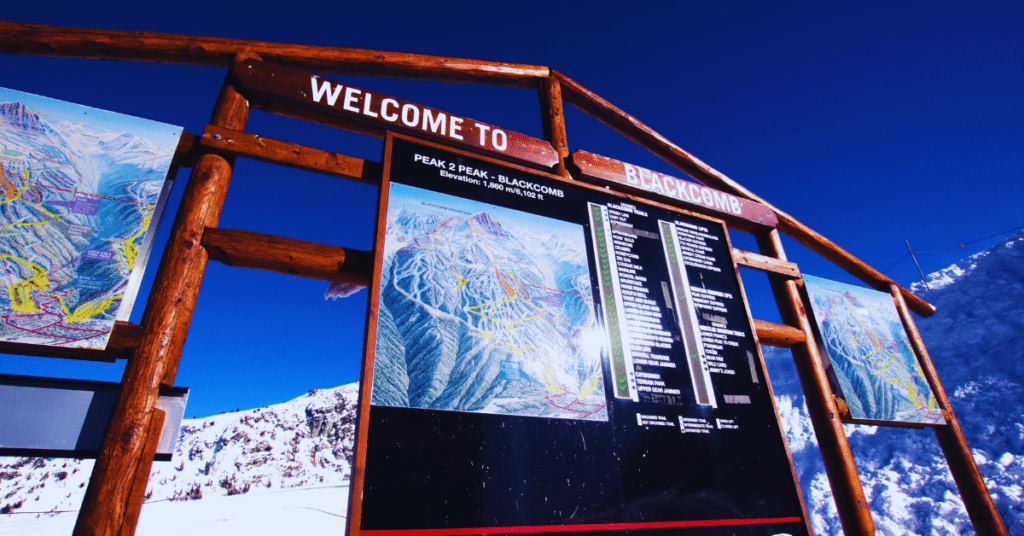10 Amazing Animals You Might See in Whistler
1. The Majestic Black Bear
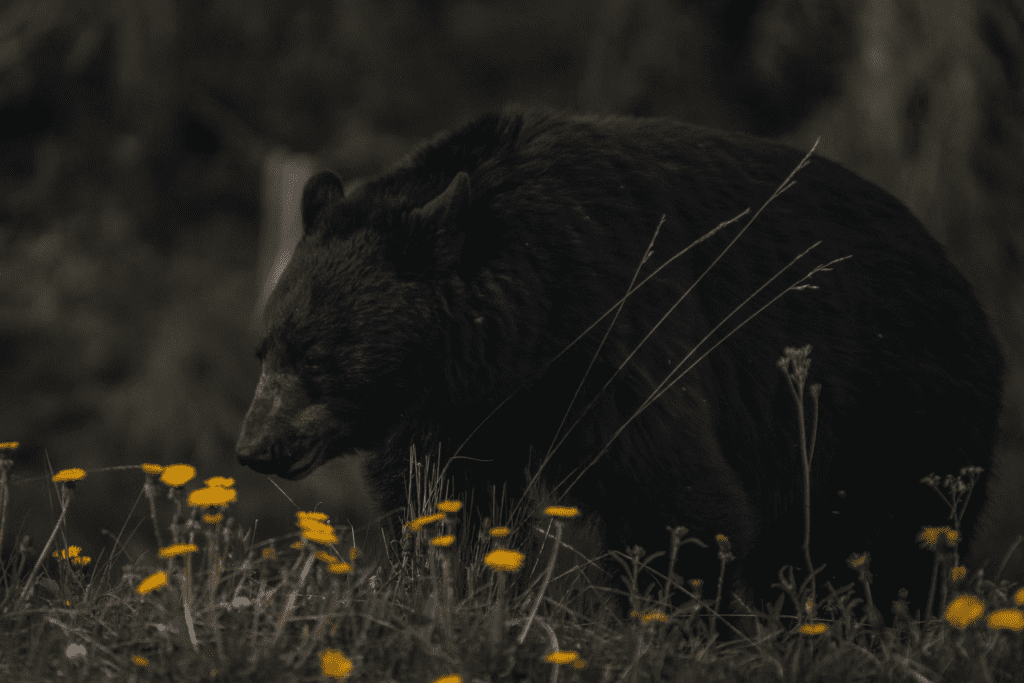
Physical characteristics and behavior
Black bears are a common sight in Whistler, and they’re truly amazing animals. These furry giants can weigh up to 600 pounds, though most are smaller. Their fur is usually black, but can sometimes be brown or even blonde. Black bears are excellent climbers and swimmers, and they’re much faster than you might think!
These bears are generally shy and prefer to avoid humans. They’re omnivores, meaning they eat both plants and animals. In spring, they love to munch on fresh grass and berries, while in fall, they’re busy preparing for hibernation by eating as much as they can.
Best times and places for bear spotting
The best time to see black bears in Whistler is from late spring to early fall. During this time, they’re active and foraging for food. Some great spots for bear watching include:
- The Whistler Mountain Bike Park
- Valley Trail system
- Whistler Golf Club
Remember, always keep a safe distance and never approach or feed the bears!
Safety tips for bear encounters
If you do encounter a bear, stay calm and follow these tips:
- Make noise to alert the bear of your presence
- Slowly back away while facing the bear
- If the bear approaches, make yourself look big and speak in a firm voice
- Carry bear spray as a precaution
2. The Elusive Cougar
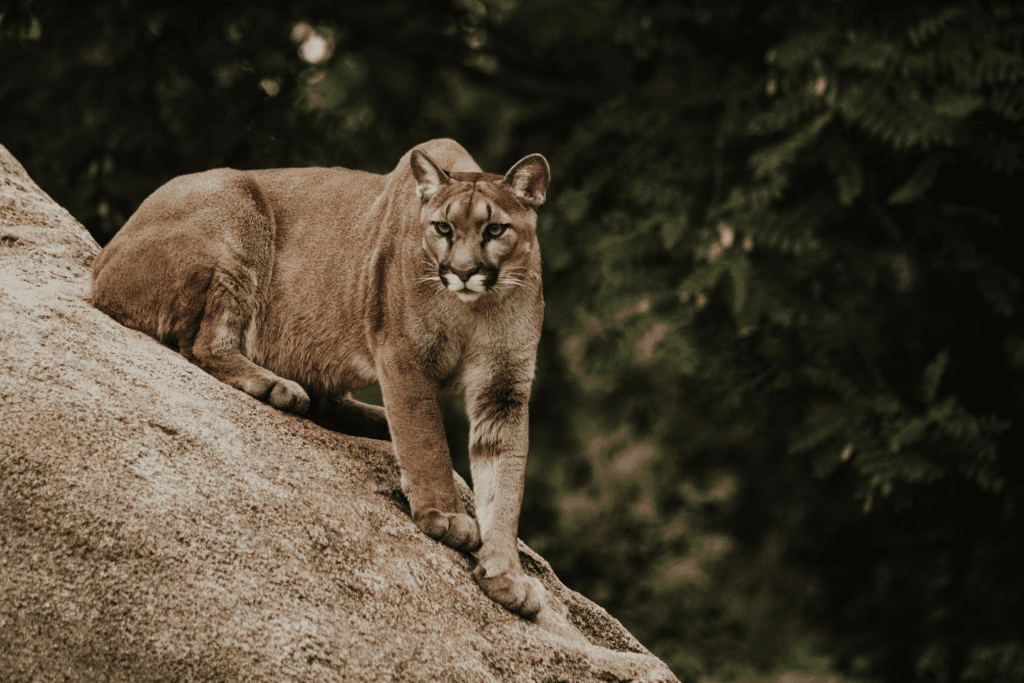
Cougar habitat and range in Whistler
Cougars, also known as mountain lions, are rarely seen but do inhabit the Whistler area. They prefer dense forests and rocky areas where they can stalk their prey. These big cats have a large range and can be found throughout the Coast Mountains.
Identifying cougar tracks and signs
While you might not see a cougar, you can look for signs of their presence:
- Large, round tracks without claw marks
- Scrapes on trees or ground
- Cached prey (animals buried under leaves or snow)
Conservation efforts for local cougar populations
Cougars face challenges due to habitat loss and conflicts with humans. Local conservation efforts focus on:
- Protecting large, connected areas of wilderness
- Educating the public about cougar behavior and safety
- Monitoring cougar populations through tracking and camera traps
3. The Playful River Otter

River otter adaptations for aquatic life
River otters are a joy to watch as they play and swim in Whistler’s waterways. These animals are perfectly adapted for life in and around water:
- Webbed feet for powerful swimming
- Dense, waterproof fur to keep them warm
- Nostrils and ears that close underwater
Popular otter viewing locations in Whistler
You might spot river otters in several locations around Whistler:
- Alta Lake
- Green Lake
- Along the River of Golden Dreams
Early morning or late evening are often the best times to see these playful creatures.
The role of otters in local ecosystems
Otters play an important role in Whistler’s ecosystems:
- They help keep fish populations in balance
- Their droppings (called spraints) return nutrients to the land
- They’re an indicator species, meaning their presence suggests a healthy ecosystem
4. The Soaring Bald Eagle
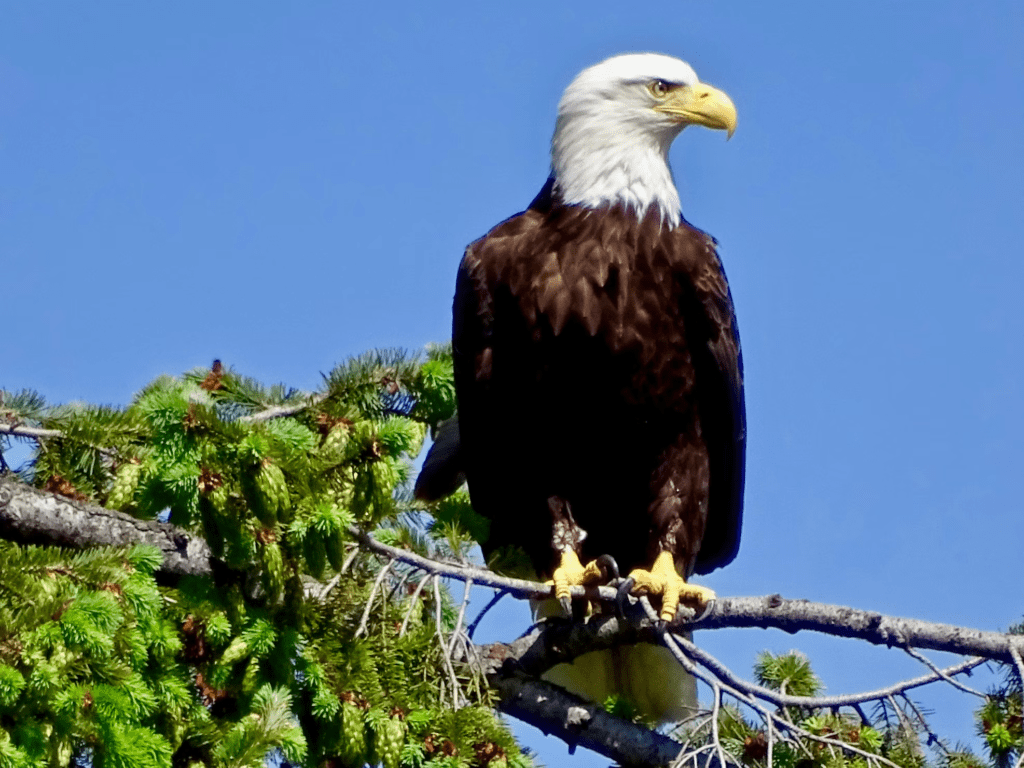
Bald eagle nesting and breeding habits
Bald eagles are a majestic sight in Whistler’s skies. These birds mate for life and return to the same nesting area each year. Their nests are huge structures, often weighing hundreds of pounds!
Eagles typically lay 1-3 eggs in late winter or early spring. Both parents take turns incubating the eggs and caring for the chicks.
Best seasons for eagle watching in Whistler
While eagles can be seen year-round in Whistler, winter is the best time for eagle watching. From November to February, eagles gather along rivers to feast on spawning salmon.
Good spots for eagle watching include:
- Fitzsimmons Creek
- Green Lake
- Cheakamus River
The significance of eagles in First Nations culture
Eagles hold a special place in the culture of local First Nations:
- They’re seen as messengers between humans and the Creator
- Eagle feathers are sacred and used in important ceremonies
- Eagles symbolize wisdom, strength, and spiritual power
5. The Nimble Mountain Goat
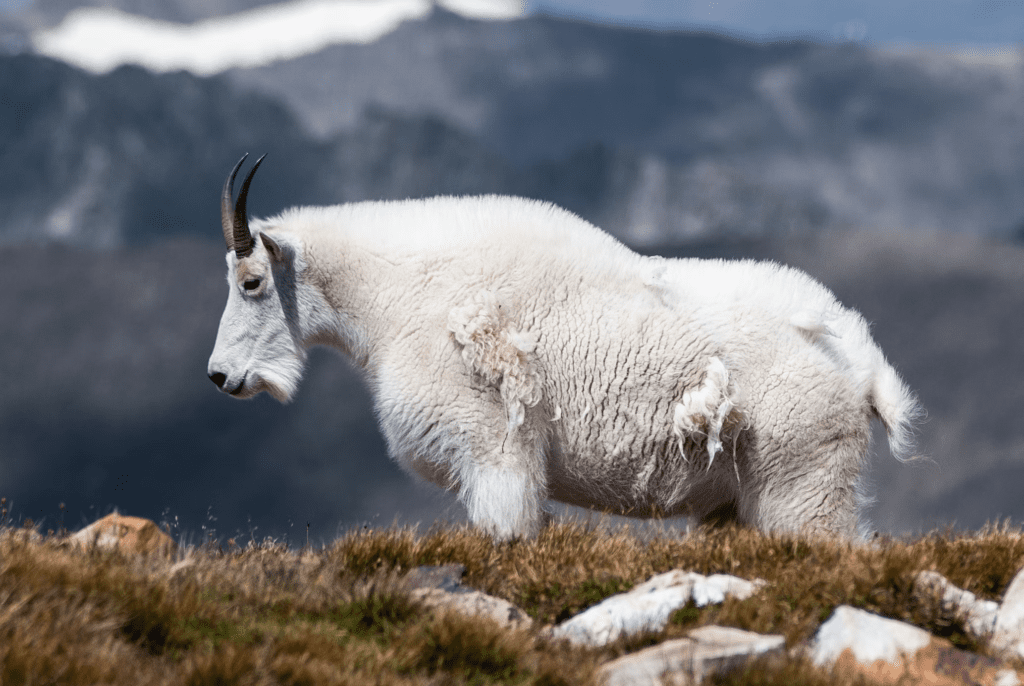
Mountain goat adaptations for alpine environments
Mountain goats are perfectly suited to life in Whistler’s high alpine areas. They have:
- Split hooves with rough pads for excellent grip on steep, rocky terrain
- Thick white coats that provide camouflage in snowy areas and insulation from the cold
- Strong muscles that allow them to jump nearly 12 feet in a single bound
Hiking trails with potential mountain goat sightings
While mountain goats prefer to stay in high, remote areas, you might spot them on these hiking trails:
- Whistler Mountain’s High Note Trail
- Blackcomb Glacier Trail
- Wedgemount Lake Trail
Remember to bring binoculars, as goats are often seen at a distance!
Conservation challenges facing mountain goats
Mountain goats face several challenges:
- Climate change affecting their alpine habitat
- Disturbance from helicopters and other human activities
- Limited genetic diversity in some isolated populations
Conservation efforts focus on protecting alpine areas and minimizing human disturbance.
6. The Industrious Beaver
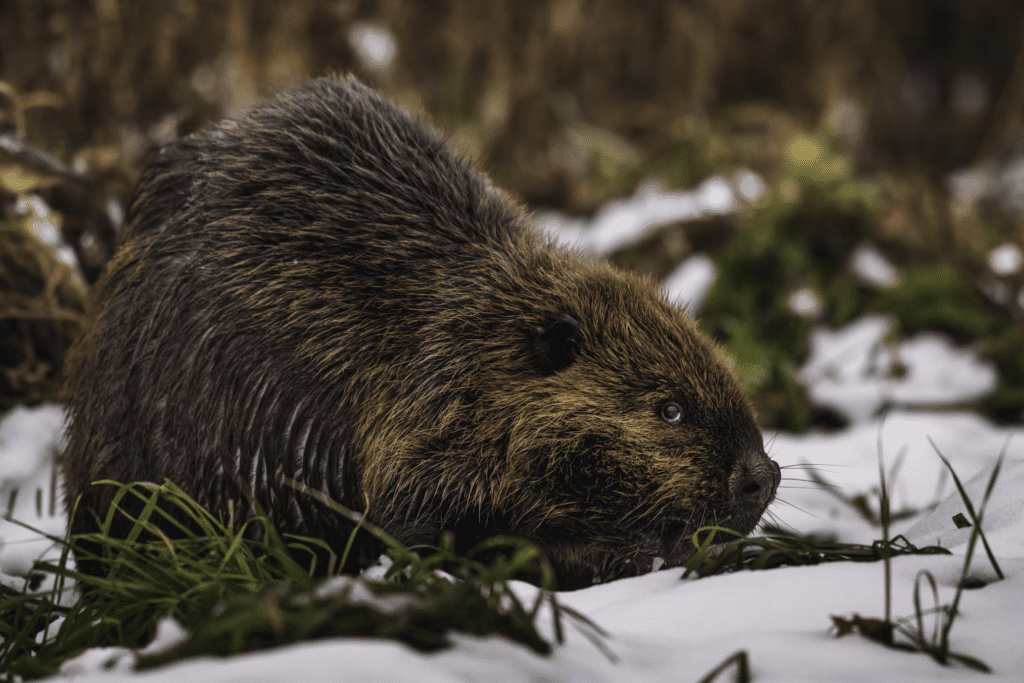
Beaver dam construction and benefits
Beavers are nature’s engineers, and their dams are amazing structures. These dams can be over 500 feet long and create ponds that:
- Slow water flow, reducing erosion
- Create wetland habitats for other species
- Help filter and clean water
Spotting beavers in Whistler’s wetlands
Good places to look for beavers include:
- Lost Lake
- Alpha Lake
- The wetlands near Meadow Park Sports Centre
Beavers are most active at dawn and dusk, so these are the best times for beaver watching.
The impact of beavers on local water systems
Beavers play a crucial role in Whistler’s ecosystems:
- Their dams help control flooding
- Beaver ponds provide habitat for fish, amphibians, and waterfowl
- Their activities increase biodiversity in the area
However, beaver dams can sometimes cause flooding issues in developed areas, requiring careful management.
7. The Graceful Mule Deer
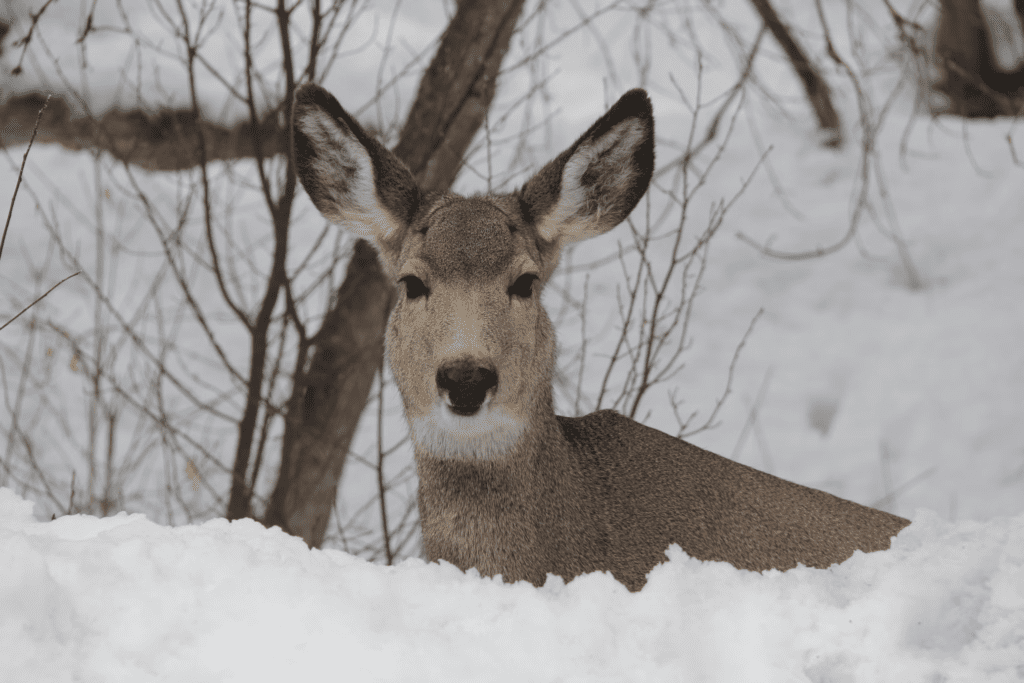
Mule deer behavior and social structure
Mule deer are a common sight in Whistler, known for their large ears that resemble those of a mule. They live in small family groups, usually consisting of a doe and her fawns. Bucks (male deer) tend to live alone or in small bachelor groups.
These deer are most active at dawn and dusk, a behavior known as being crepuscular.
Seasonal movements of mule deer in Whistler
Mule deer in Whistler don’t migrate long distances, but they do move between different elevations seasonally:
- In summer, they move to higher elevations to feed on lush vegetation
- In winter, they move to lower elevations where snow is less deep and food is more accessible
Coexisting with deer in urban areas
As Whistler has grown, deer have adapted to living in urban areas. This can lead to some challenges:
- Deer eating garden plants and flowers
- Increased risk of deer-vehicle collisions
- Potential for aggressive behavior during mating season
To coexist peacefully:
- Use deer-resistant plants in your garden
- Drive carefully, especially at dawn and dusk
- Never feed deer, as this can make them dependent on humans
8. The Resilient Wolverine
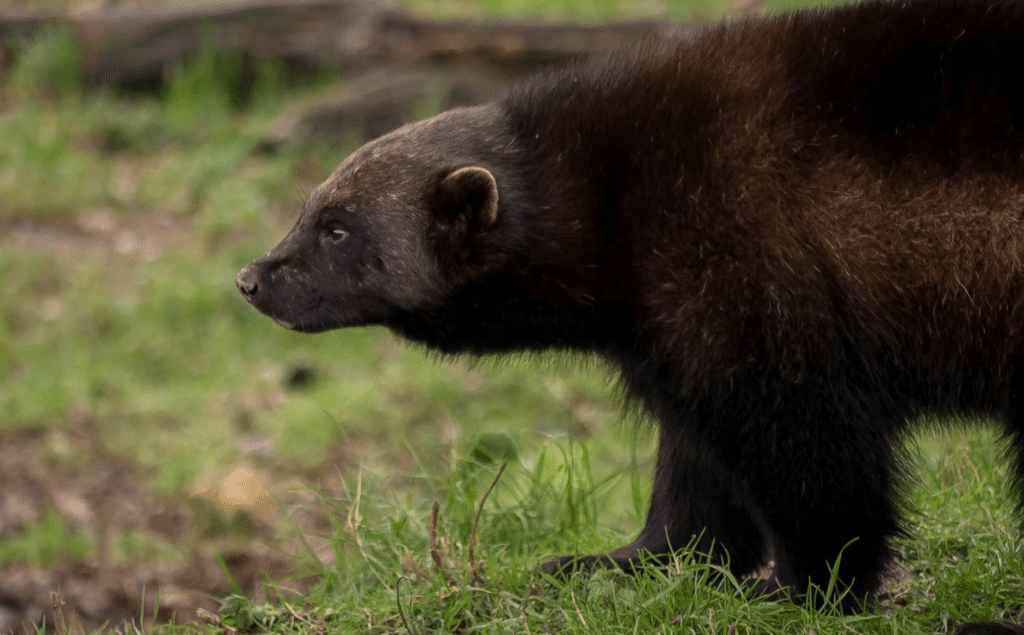
Wolverine adaptations for harsh mountain climates
Wolverines are tough, solitary animals rarely seen in the Whistler area. They’re well-adapted to harsh mountain environments:
- Large, furry paws act like snowshoes in deep snow
- Thick fur resists frost and provides insulation
- Powerful jaws and strong neck muscles allow them to eat frozen meat
Challenges in wolverine research and monitoring
Studying wolverines is difficult because:
- They have huge territories, up to 500 square miles for males
- They’re naturally shy and avoid humans
- They live in remote, hard-to-access areas
Researchers use methods like remote cameras and DNA analysis of hair samples to study these elusive animals.
Conservation status of wolverines in British Columbia
Wolverines are considered a species of special concern in British Columbia. They face threats from:
- Habitat fragmentation due to human development
- Climate change affecting snow cover, which they need for denning
- Accidental trapping
Conservation efforts focus on protecting large, connected wilderness areas and reducing human impacts in wolverine habitat.
9. The Colorful Rufous Hummingbird
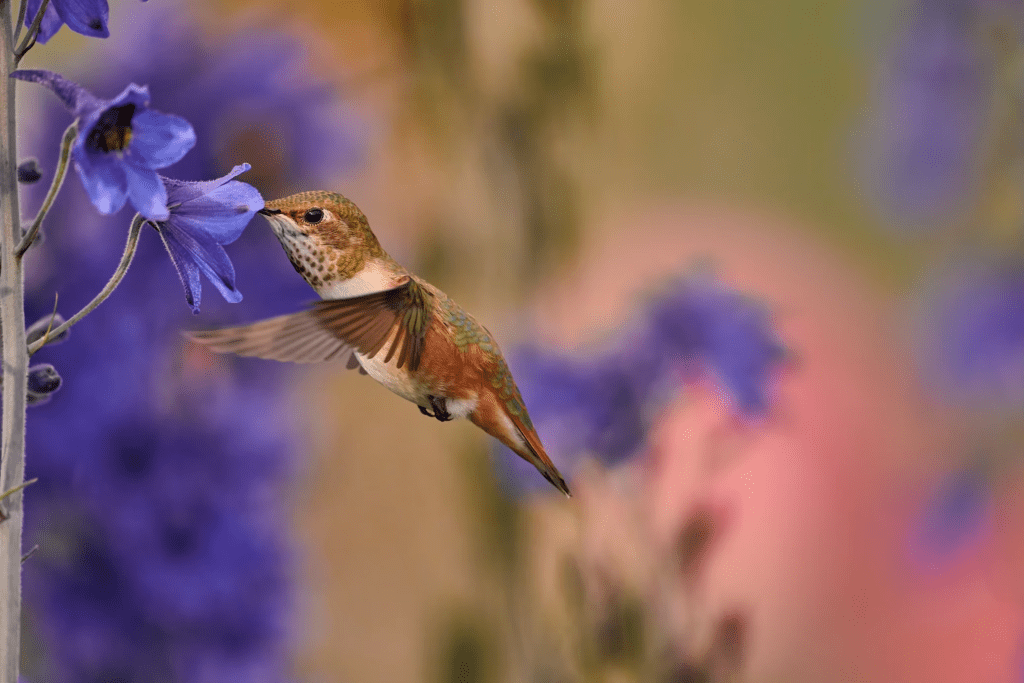
Hummingbird migration patterns to Whistler
Rufous hummingbirds are summer visitors to Whistler, arriving in late April or early May. These tiny birds make an incredible journey:
- They winter in Mexico and the southern United States
- Their migration can cover up to 4,000 miles round trip
- They’re one of the northernmost breeding hummingbird species
Creating a hummingbird-friendly garden
You can attract these beautiful birds to your garden by:
- Planting red, tubular flowers like trumpet honeysuckle or bee balm
- Hanging up hummingbird feeders filled with a solution of 1 part sugar to 4 parts water
- Providing a water source, like a small fountain or mister
Remember to keep feeders clean and change the solution regularly to prevent harmful mold growth.
The role of hummingbirds in pollination
Hummingbirds are important pollinators:
- They visit hundreds of flowers each day, transferring pollen as they feed
- Some plants have evolved to be specifically pollinated by hummingbirds
- They can reach flowers that are inaccessible to bees and other insects
By supporting hummingbirds, you’re helping to maintain healthy plant communities in Whistler.
10. The Elusive Canada Lynx
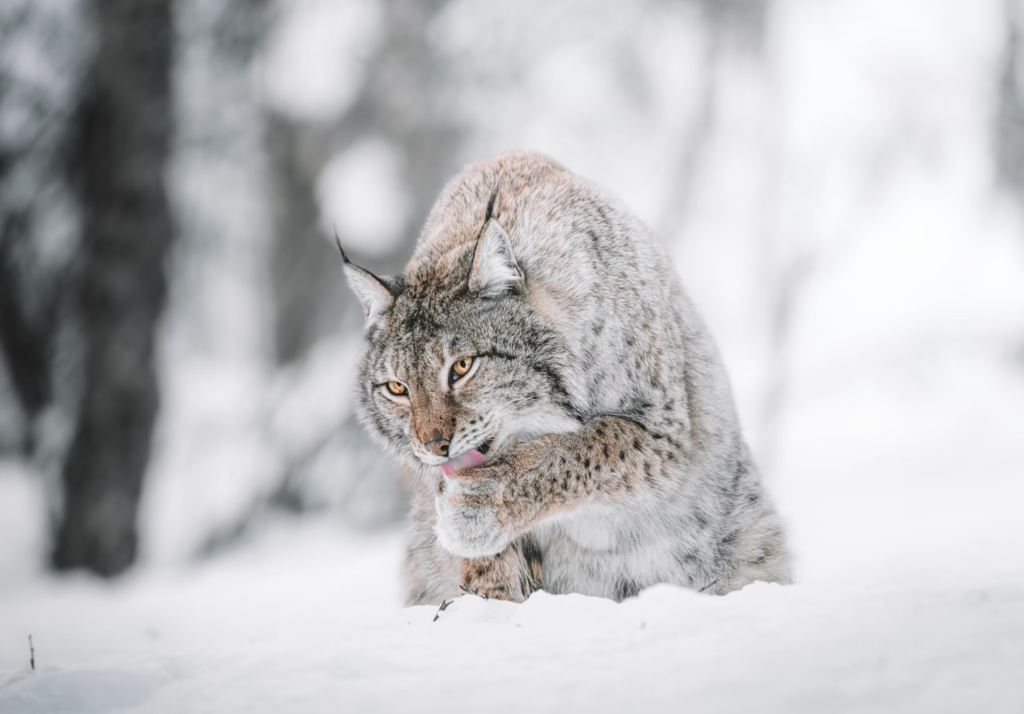
Lynx physical characteristics and hunting techniques
Canada lynx are beautiful, medium-sized cats rarely seen in the Whistler area. They have:
- Distinctive tufted ears and a short, black-tipped tail
- Large, furry paws that act like snowshoes
- Excellent hearing and eyesight for hunting
Lynx are specialized hunters, primarily preying on snowshoe hares. They use a sit-and-wait strategy, pouncing on their prey from hiding spots.
The relationship between lynx and snowshoe hare populations
Lynx and snowshoe hare populations are closely linked:
- Hare populations follow a roughly 10-year cycle of boom and bust
- Lynx populations rise and fall in response, with a slight time lag
- This relationship is a classic example of predator-prey dynamics in ecology
Rare lynx sightings and tracking in Whistler
While lynx sightings are rare in Whistler, you might spot their tracks in the snow. Look for:
- Round tracks about 3-3.5 inches wide
- A bounding gait pattern, with hind feet landing in front feet prints
- Straight, single-file trail patterns
If you’re lucky enough to see a lynx, remember to keep your distance and enjoy the rare experience!
Summary
Whistler is home to an amazing variety of wildlife, from the mighty black bear to the tiny rufous hummingbird. Each of these animals plays an important role in the local ecosystem and contributes to the rich biodiversity of the area. Whether you’re hiking in the backcountry or relaxing in town, keep your eyes open for these incredible creatures. Remember to always respect wildlife by maintaining a safe distance and never feeding wild animals. By doing so, we can ensure that Whistler remains a wonderful home for both wildlife and humans alike.
Frequently Asked Questions
- What is the best time of year to see wildlife in Whistler?Spring and fall are generally the best seasons for wildlife viewing. Many animals are active in spring as they emerge from winter dormancy, while fall brings increased activity as animals prepare for winter.
- Are there guided wildlife tours available in Whistler?Yes, several companies offer guided wildlife viewing tours in Whistler. These can include bear viewing tours, bird watching excursions, and general nature walks.
- How can I safely observe wildlife without disturbing them?Use binoculars or a zoom lens to view animals from a distance. Stay on designated trails, keep quiet, and never approach or feed wild animals.
- What should I do if I encounter a dangerous animal like a bear or cougar?Stay calm, make yourself look big, and slowly back away while facing the animal. Never run, as this can trigger a chase response. Carry bear spray in bear country and know how to use it.
- Are there any endangered species in the Whistler area?While not necessarily endangered, several species in the Whistler area are considered at risk or of special concern, including the wolverine, northern goshawk, and coastal tailed frog.

